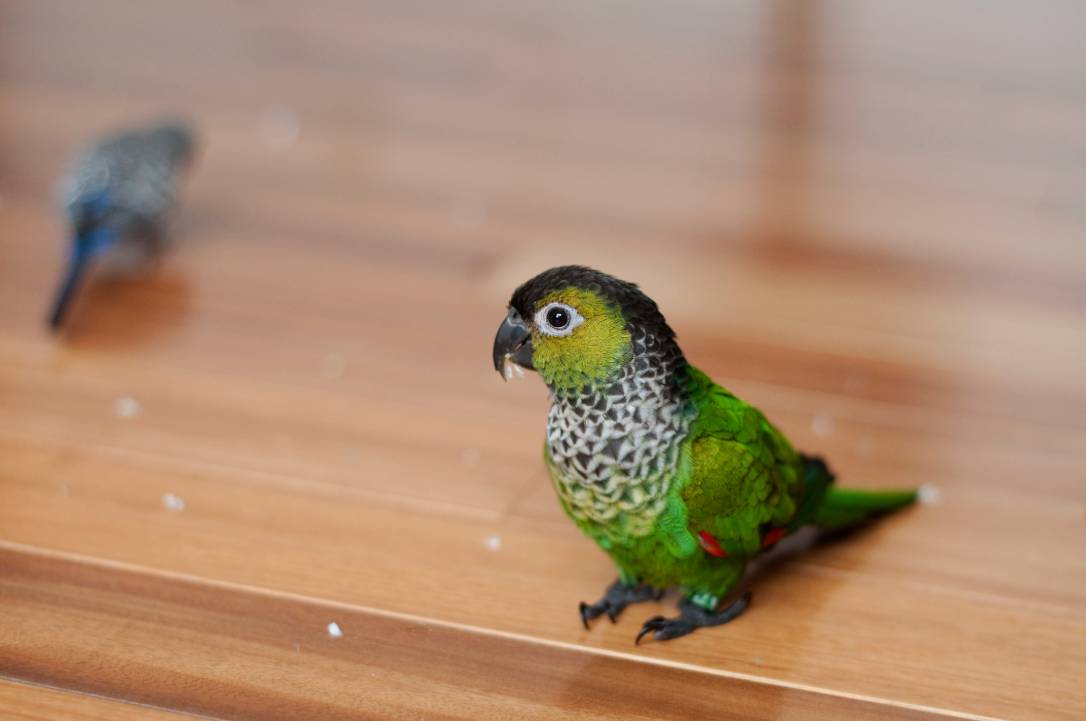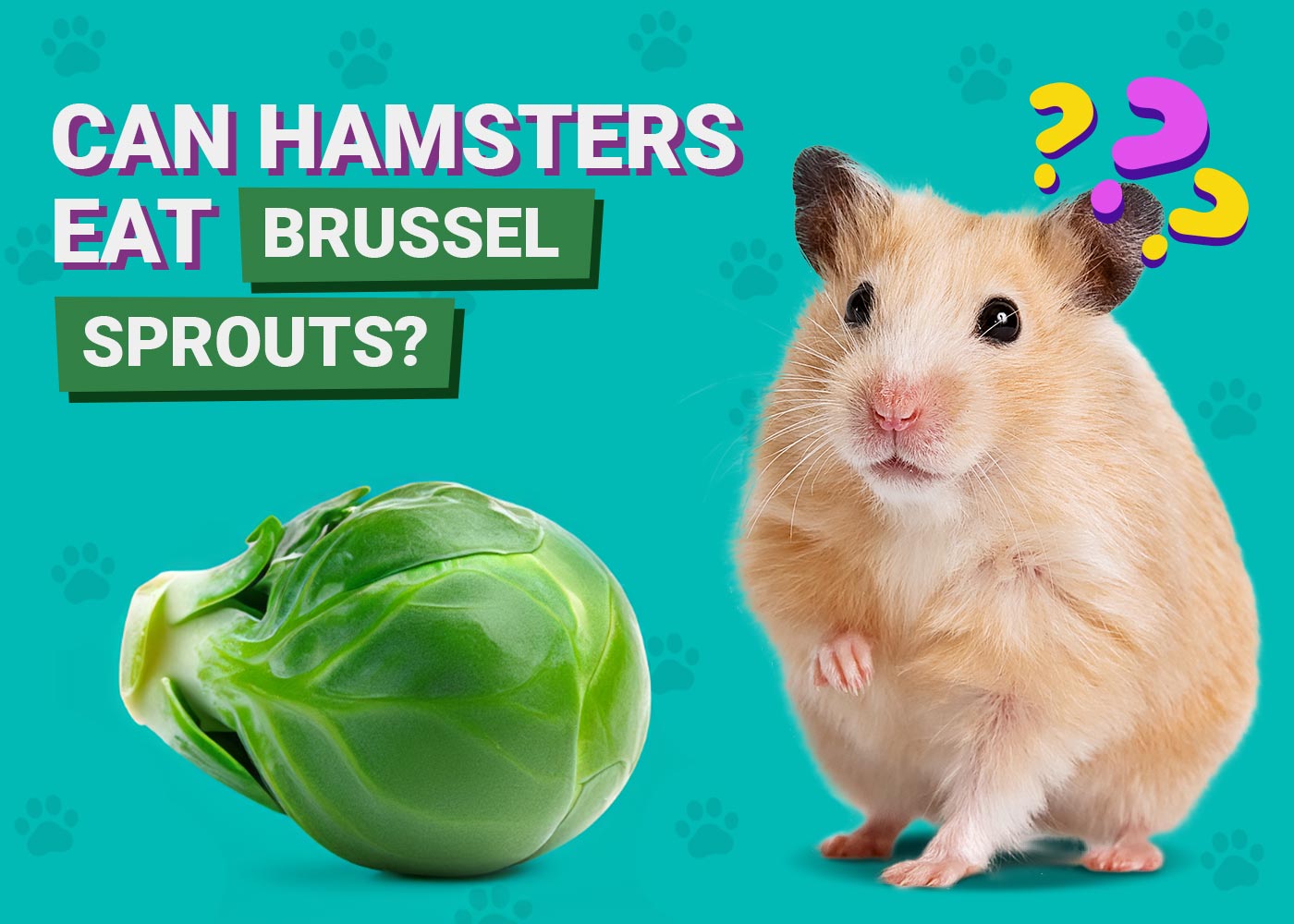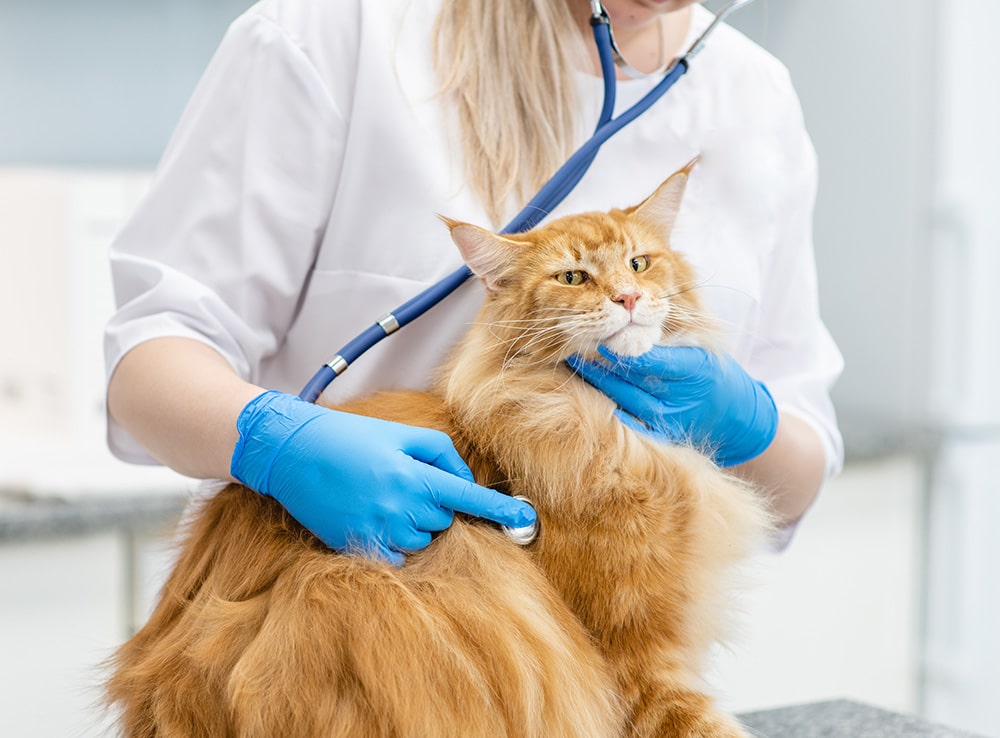VET APPROVED

The information is current and up-to-date in accordance with the latest veterinarian research.
Learn more »Conures are fun pets to have. If you’re thinking of raising a baby conure, you should first know a few things about these parrots to be sure it’s something you want to do. We’ve put together the following information about conures and some helpful tips to help you raise these baby parrots so yours grows up healthy and happy.

Things to Know About Conures

Raising fledgling (a bird that has just left their nest and is learning to fly) or juvenile (a young bird capable of flight but not yet sexually mature) conures can be done by first-time bird owners. However, it’s best if you have some type of experience raising birds as things will be easier if you do.
If you are new to bird-keeping, you should not adopt a baby conure that hasn’t left their nest yet. Raising such birds takes a great deal of time, effort, and care. It’s all too common to experience the heartache of a lost pet if you attempt to raise a baby parrot as a beginner.
These birds, which are native to Central and South America, can live 20 years or more. This means you need to make a big-time commitment if you’re thinking of raising a young one.
There are many parrots that are termed as conures, but the term itself isn’t something all taxonomists agree on. Some of the most popular species people keep as pets include sun conures, jenday conures, green-cheeked conures, nanday conures, and blue-crowned conures.
Conures are personable, friendly, and playful birds. Conures are full of antics, making them very entertaining birds to have as pets. They enjoy the company of people and need a couple of hours each day to interact with their owners.
These are vocal parrots known for their high-pitched screech. They’re also intelligent creatures that can learn to speak a few words. However, these birds are not known for boasting a large vocabulary like other parrot species.
Now that you know a bit about conures, here are some tips for taking care of juvenile conure birds.

The 7 Tips on How to Take Care of Fledgling/Juvenile Conure Birds
1. Set Up a Juvenile Conure’s Habitat
A conure should be kept in a cage that’s big enough for the bird to climb, play, and stretch their wings. At the very least, use a cage that’s 20” W x 20” D x 30” H. It’s best to go with the biggest cage you can provide.
Do keep in mind that the cage dimensions recommended above are not suitable for your conure to learn and hone their flight skills. For this, they would need to be able to exercise in a bird-proofed and safe space outside their cage. Their cage should only be considered a resting spot if it isn’t large enough for them to practice flight (which is unfortunately true for most non-aviary cages).
There should be at least two or three perches inside a conure cage that are of appropriate diameter (conures aren’t large parrots) and made of parrot-safe materials. A “pedicure” perch is also recommended, as this helps keep your pet’s nails short and trimmed. It’s important not to place the perches over your bird’s food or water dishes. This is important because bird droppings that fall into their food or water can contaminate them.
The cage should be placed in a quiet room away from cold drafts, too, and away from smoke, gasses, and your kitchen (many aerosols produced in kitchens are toxic for parrots). It’s best to line the floor of the cage with a paper liner. Alternatively, you can use some birdcage bedding. As parrots have a sensitive respiratory system, it’s best to invest in an air purifier as well.
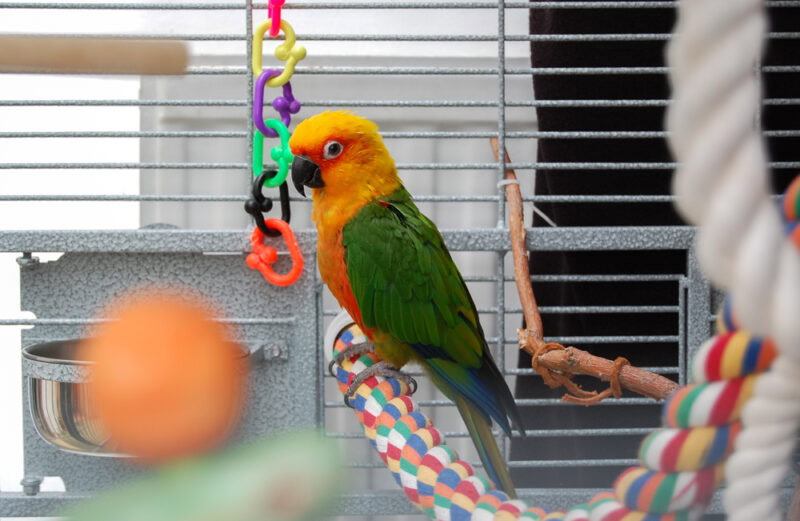
2. Evaluate Your Conure’s Diet With Your Veterinarian
The dietary needs of a juvenile parrot are different from those of an adult. Likewise, an adult parrot that is reproducing has different nutritional needs than one that isn’t.
Young conures go through a “growth spurt” of sorts, even though their size doesn’t seem to increase. As such, their energy needs (and by proxy, nutritional needs) are different from those of an adult.
Juvenile parrots spend time and energy learning and practicing how to fly. Mastering the art of flight requires more energy expenditure and is not the same as the energy expended by an experienced bird in flight. Crash landings need to be fine-tuned, and minor bumps during these flimsy landings may result in more muscle fatigue than that experienced by an adult parrot. In addition, juvenile conures undergo a molt before their adult plumage sets in. This too requires more nutrition for the body to develop a new set of feathers.
Though dietary guidelines for pet parrots do exist all over the web, these are mostly catered for adult parrots. As such, we strongly recommend talking to your veterinarian about your juvenile conure’s nutritional needs, as these might be slightly different to those of an adult.
3. Maintain a Proper Temperature
While conures can tolerate a wide range of temperatures, it’s best to keep the temperature between 70–75oF (21–23oC). In addition, be sure there is plenty of air circulation. To make sure your conure keeps warm during the winter months, keep the cage away from drafty windows.
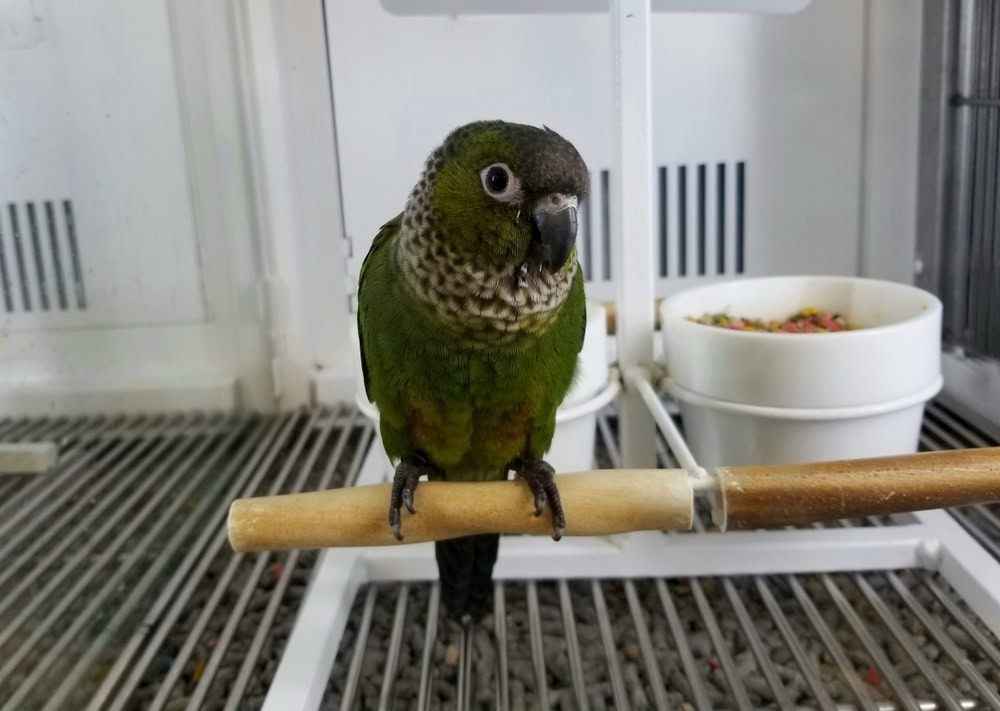
4. Provide Your Bird With Toys
Since conures are playful birds, it’s important to give them some toys to play with. It’s a good idea to have a variety of toys so your young conure doesn’t get bored. When these birds don’t have enough to do, they’re prone to feather plucking, so pick up a few bird toys you can switch often to keep your bird occupied.
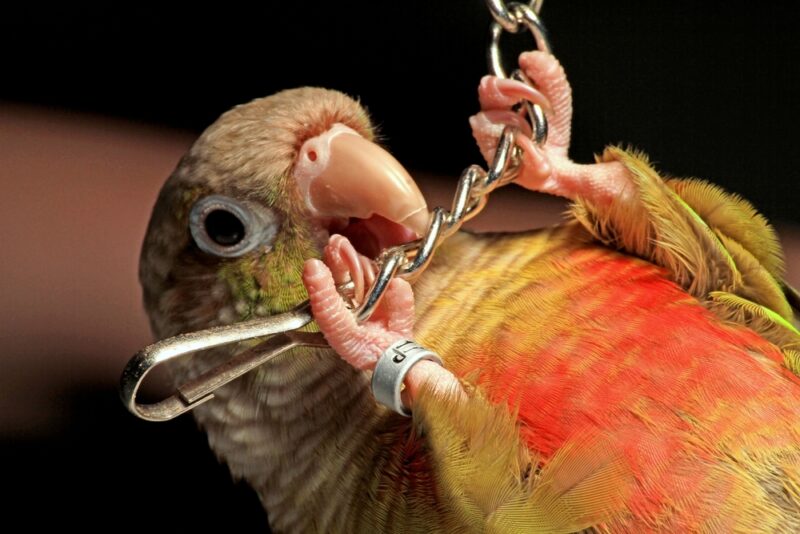
5. Form a Bond With Your Conure
To develop a strong bond with your young conure keep your voice quiet and upbeat. Don’t make any sudden movements that can startle your little feathered friend. By talking softly, socializing, cuddling, and playing, you’ll be able to form a strong life-long bond with your conure.
When your young bird is bonded with you, he or she will display an obvious desire to interact with you. They will willingly step out of their cage and onto your arm. If the bird has been socialized around other family members, they will show some interest in these people as well. Your bird will become part of the family and will be happy to spend time outside their cage with you.
6. Regularly Clean Your Conure’s Cage
To successfully raise a healthy conure, you have to keep their cage clean. The following cleaning schedule is recommended as a general guideline
- Messy feed or water dish: Clean as soon as you notice these are not clean (for example, if you notice bird droppings in them).
- Every 3–4 hours: Discard any uneaten fresh food that may quickly sludge and spoil, such as fruit and vegetables.
- Every day: Clean the feed or water dish, even if your bird doesn’t contaminate them with their droppings. Clean the cage lining (e.g., newspaper) as well.
- Every week: Clean all perches, toys, the cage, and any other fixtures in the cage.
- One a month: Deep clean the entire cage and all of its accessories.

7. Regularly Visit Your Veterinarian
Healthy parrots need to be seen by a veterinarian at least once a year to ensure that they are indeed in good health. Parrots are experts at masking their illnesses and will try to hide any signs of weakness as long as possible. As such, staying on top of these checkups is key.
You should promptly see your veterinarian if you notice any of the following signs in your conure:
- Your bird’s feathers appear puffed up.
- Your bird is lethargic.
- Your bird is refusing to fly.
- Your bird seemingly loses the ability to fly.
- Your bird seems “off” from their usual routine.
- Your bird doesn’t groom themselves.
- Your bird has discharges from the eyes, nostrils, or vent.
- Your bird’s tail bobs as they breathe.
- Your bird suddenly gains or loses weight.
- Your bird is losing or missing feathers (even during a molt, a juvenile shouldn’t appear naked or with bald patches).

Conclusion
Now that you know what it takes to care for a juvenile conure, it’s time to start making some plans. Before you rush out to buy a juvenile bird, be sure you’ve got everything ready so your cute little conure will feel right at home. Before long, you’ll discover that it’s great fun to raise a conure and a rewarding thing to experience!
You may also want to read:
Feature Image Credit: UniqSnaps, Shutterstock
Contents
- Things to Know About Conures
- The 7 Tips on How to Take Care of Fledgling/Juvenile Conure Birds
- 1. Set Up a Juvenile Conure’s Habitat
- 2. Evaluate Your Conure’s Diet With Your Veterinarian
- 3. Maintain a Proper Temperature
- 4. Provide Your Bird With Toys
- 5. Form a Bond With Your Conure
- 6. Regularly Clean Your Conure’s Cage
- 7. Regularly Visit Your Veterinarian
- Conclusion
